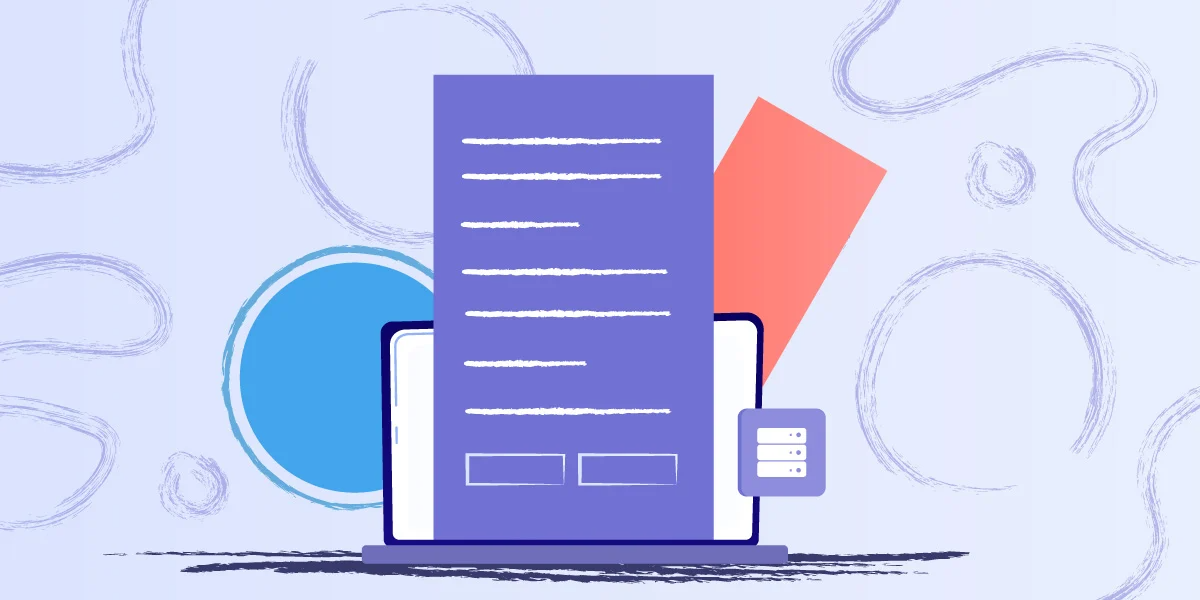You’re feeling like a jumble of numbers and disguises when you hear someone rant about IP addresses. It’s not atypical. Mastering IP Subnetting is no joke but don’t despair: this ultimate cheat sheet subnet will make the process less of a daunting mystery! With this straightforward guide, you’ll be able to unravel the nebulous details regarding subnets with accuracy and confidence. No matter if you consider your experience in networking advanced or just starting out, administrators of all networks must understand the fundamentals of IP address and the way it works in order to ensure that their networks to operate properly.

IP subnetting is a crucial expertise for network administrators and IT professionals, which allows them to efficiently manage and optimize resources in the network. To help you understand the complexities of subnetting, we have created an ultimate guide to subnetting. This comprehensive guide, whether you are a novice or looking for an instant reminder provides you with all the knowledge you require and techniques for IP subnetting.
I. Understanding IP subnetting:
IP subnetting involves dividing a large network into smaller subnetworks (or subnets) to optimize the performance of the network and to manage IP addresses. It involves creating logical divisions within a network and assigning unique IP addresses for each subnet. This enables data to be routed efficiently and improves security.
II. Subnetting cheat sheet is important:
A cheat sheet for subnetting is a valuable instrument for administrators. The cheat sheet for subnetting is an easy reference to formulas, rules for subnetting and strategies. It makes subnetting more precise and efficient. This cheat sheet will save you time and will ensure accuracy when it comes to making subnetting calculations.
III. IP Subnet cheatsheet: Key elements
1. Subnet Mask The subnet mask determines the host and network portion of an IP address. This cheat sheet will provide quick to find out the subnet mask by reference to the number of bits in the network.
2. Network Address Network Address: A network address serves as the address that is used to establish the subnet. It’s used to identify a subnet in a larger network.
3. Broadcast Address (also known as the broadcast address) Broadcast Address: This is the highest-level address in the subnet. It’s used to send data to all devices within that subnet.
4. Host range : This range includes all IP addresses that are valid that are assignable to devices in a specific subnet. The network and broadcast addresses are excluded.
5. CIDR Notation: Classless Inter-Domain Routing (CIDR) notation identifies subnet masks using Slash Notation (/) followed by the number of bits in the network. This cheat sheet provides an easy-to-use conversion table.
IV. Subnetting Success Techniques and Tips
1. Subnetting by hand Cheatsheet Subnet provides steps-by-step directions for subnetting. It does not need calculators, or any software for subnetting. Knowing the basic principles will enable you to take on subnetting problems successfully.
2. Variable Length Masking (VLSM). VLSM allows the assignment of subnets with different sizes within a network. The cheatsheet subnet provides information on how VLSM can be utilized to maximize IP allocation.
3. Binary to Decimal Converter: Understanding binary to decimal conversion is vital to subnetting. The cheat sheet contains an information table for conversion and also tips to quickly convert binary numbers to decimal.
4. The Subnetting Quick Referencing Chart is an illustration of the number network bits to their corresponding subnet masks as well as the number and number of subnets.
5. Subnetting Examples Cheat sheet provides practical examples and examples of problems that can help you practice and enhance your subnetting capabilities.
V. Benefits of subnetting with a cheat sheet:
1. Time-saving Subnetting cheat sheet, you can perform subnetting calculations swiftly and accurately to save time in the network administration tasks.
2. Accuracy & efficiency: The cheatsheet functions as a guideline that can be relied on to limit the possibility of making mistakes in subnetting calculations and ensure a successful use of the network resources.
3. Cheat Sheet for Learning: This cheatsheet works as a teaching tool to help you understand subnetting concepts. It helps you understand the concepts and allows you to apply subnetting concepts with confidence.
IT professionals with an knowledge of IP subnetting can manage networks quickly and manage IP networks efficiently. Now you should have useful knowledge on how to build subnets, manage them, and analyse them when needed. Although IP subnetting doesn’t require thorough understanding of networks, understanding the basics is essential for gaining a deeper understanding of this powerful tool that a lot of IT experts utilize to manage their networks today. Practice is key to any IT ability. It is important to go through the IP Subnetting Cheat sheet exercises on a regular basis to build your knowledge on the subject topic. Good luck!